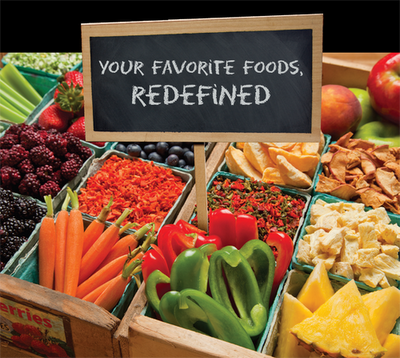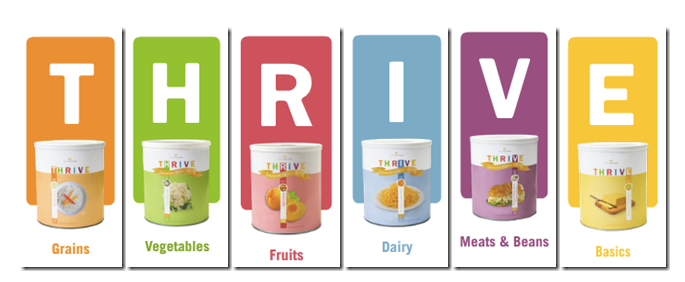This is our second stay in Boot Key Harbor (Marathon, FL), and after six weeks here, we have concluded that we like this place more than we did the first time. Because we were new to cruising the last time, I don’t think we knew what we were looking for. As the harbor fills up with winter visitors, we understand a little better what draws boaters here. We have discovered that it takes certain characteristics in our surroundings to make us love a place. While there’s no magic formula, we can rate a place based on the presence or absence of these factors. The presence of so many makes Marathon a favorite.
Good Weather—We live on a boat that is not “winter-friendly.” An old Norwegian adage says that there is no such thing as bad weather, only bad clothes. If this is the case, then all of our closets and cubbies are filled with bad clothes. In either case, we like to head south when temperatures begin to drop below 60. Even living in middle-Florida, it can get cold at night. The Keys are a place we can winter without having to tie up to a dock and run space heaters or break out the down comforters. It is sunny and pleasant here most of the time, and there’s almost always a breeze, so that even on hot days it is comfortable in the cockpit.
Clean Water— After the Bahamas, the words “clean and clear” have new meaning. We’re a bit spoiled, I know, but even the less choosy would not use those words for Boot Key Harbor itself. It’s more like a marina than an anchorage, so we don’t really expect to jump in. The water is a murky green and people are constantly buzzing by in dinghies. We don’t even go in to clean the bottom. However, just a short ride out Sister’s Creek, one can find suitable water for swimming, snorkeling, fishing, or scrubbing the bottom. With Sombrero Reef nearby, we have a place to go play and enjoy our watery environment.
Islands with Beaches and Trees—The Keys are nothing but islands, and if there is a tree anywhere nearby, all you have to do is look up to find out where our kids have gone. Palm trees, mangroves, banyans—they’re not picky, and there seem to be plenty. And while beaches as we like them are scarce in the Keys, there are a few nice ones close to Marathon, the best of which, Sombrero, is accessible by dinghy and happens to have a great playground as well.
Friends/Community—It took us awhile to make friends here, but now that we have them, coming back to Marathon is like coming home. Most are also home-schooling families, so we’re on the same wave-length (or at least the same schedule). And every time we come, we expand that group of friends! Marathon itself has a very small-town feel to it; everyone knows everyone else. We like the familiar faces in the harbor—people who have lived on their boats here sometimes for decades—who are quirky and kind and add a lot of local flavor to the place. There’s something special about the boating community that reminds me of the neighborhoods of yesteryear when people actually sat on their front porches and everyone helped their neighbors.
Safe Places for the Children to Play—Aside from beaches and trees, this includes public parks and nature preserves. Marathon has a great Parks system, even hosting a Homeschool PE once a week, and there are plenty of places to get some fresh air and exercise. The park nearest the marina has tennis courts, a playground, soccer and baseball fields, a hockey/basketball court, and a skate park. And there are state parks on almost every key where you can go hiking or kayaking and get out in nature.
Low-Key, Family-Friendly Restaurants—Among our favorites here are the Hurricane, Burdines, and the Sunset Grill and Tiki Bar. It’s hard to go wrong under a tiki bar, especially if there’s a pool where the kids can enjoy the water while the grown-ups have a drink. We keep discovering new places, and so far we haven’t found one that isn’t kid-friendly and low-key. In fact, I think that word was coined for the laid-back people of the Lower Keys!
Beautiful Natural Surroundings—This is not the prettiest anchorage in which we’ve ever stayed, but there is natural beauty around if you look for it. It’s easy to drop the kayak in the water and find mangrove tunnels to explore, or to go ashore and take nature walks, or to take the boat out and just enjoy the sparkling aquamarine water. You can’t beat the parks and preserves of the Keys for unspoiled beauty and wildlife.
Interesting History—No doubt about it, this place is interesting. A friend recently lent me a copy of Les Standiford’s The Last Train to Paradise, about Henry Flagler’s Overseas Railway, which opened the Keys to landlubbers and eventually led to the building of the Overseas Highway (a.k.a. US 1, which runs all the way to Key West). After reading that excellent book, I look at the drive from Miami to Marathon in a completely new way. There are all sorts of places to take the kids for field trips relating to the history of the Keys, not the least of which is Pigeon Key, a worker’s camp for those who built the miraculous Seven Mile Bridge.
Quiet Anchorages—Boot Key Harbor is not exactly quiet, nor is it precisely an anchorage. With our 68’ mast, ducking under a bridge to anchor in Florida Bay isn’t an option, and there is a serious shortage of safe, quiet places we can anchor our boat on the Atlantic side of the Keys. But the water here in the harbor is very still, and we have 360º of protection from weather. We feel safe enough to let the kids take the kayak out or borrow a little sailboat to putter around in. If we want to find a remote and quiet place, we can head west to Fort Jefferson at Dry Tortugas National Park, or hop in the Gulf Stream and head toward the Bahamas. At least we’re poised to do that in Boot Key Harbor. This is a great place to wait for a weather window, though there’s a running joke that people stop here for two weeks and end up staying two years.
Small Town/Walking Distance Amenities—It’s hard to have a cute little downtown district in the Keys because everything is built along the main drag. The islands are so narrow, there’s just no other way to do it. But what the town lacks in charm, it makes up for in convenience. This really is a boater-friendly community, and everything is relatively close to the City Marina. Within walking distance we have a library, a park, West Marine, Home Depot, a Chevron station, Walgreens, Publix, the Marathon Deli and Liquor Store, Salvation Army, Dive Shops and lots of little restaurants.
A Good Library—In order for me to call a library “good” it has to have friendly staff and a separate kid-welcoming room which houses the youth collections. Marathon’s public library, while small, meets those conditions. Any book they don’t have, the super-nice librarians are willing to help you find and order from another branch. I have always found what I needed there to keep our home-school running and the kids happily reading.
Access to Marine Services/Ability to Get Parts—Just having a place to pick up packages helps a lot, as Jay usually gets parts for projects from Amazon or Defender. In addition to the City Marina’s handy mailroom, there are so many boats in the Keys that there are also services galore—engine dealers and mechanics, water maker specialists and canvas shops. You name it, you can find it nearby. Except, of course, a place big enough to haul us out.
Freedom and Space—Although the city marina can pack 225 other boats into the mooring field, I really don’t feel crowded where we’re positioned. Living on a mooring ball is a lot freer and more spacious than being tied to a dock, although it is not quite the same as being anchored. There are still rules to follow, people to get along with, and competition for amenities like the laundry room and dinghy dock. But there’s also the ability, if one gets claustrophobic or tired of the neighbors, to simply let go of the ball, sail out of the harbor and get away for awhile. It’s that flexibility that gives the boating life part of its charm.
Although we have long-term goals of traveling throughout the Caribbean and coastal Central America (and who-knows-what beyond), we realize that while we still have very young children, we have to take baby steps. With family on the west coast and a great boatyard on the east coast, we will probably always use Florida as a home-base. The Keys are a logical stopping place to or from anywhere we are likely to go in the near future, and Marathon is one of the many places we like to call home.










